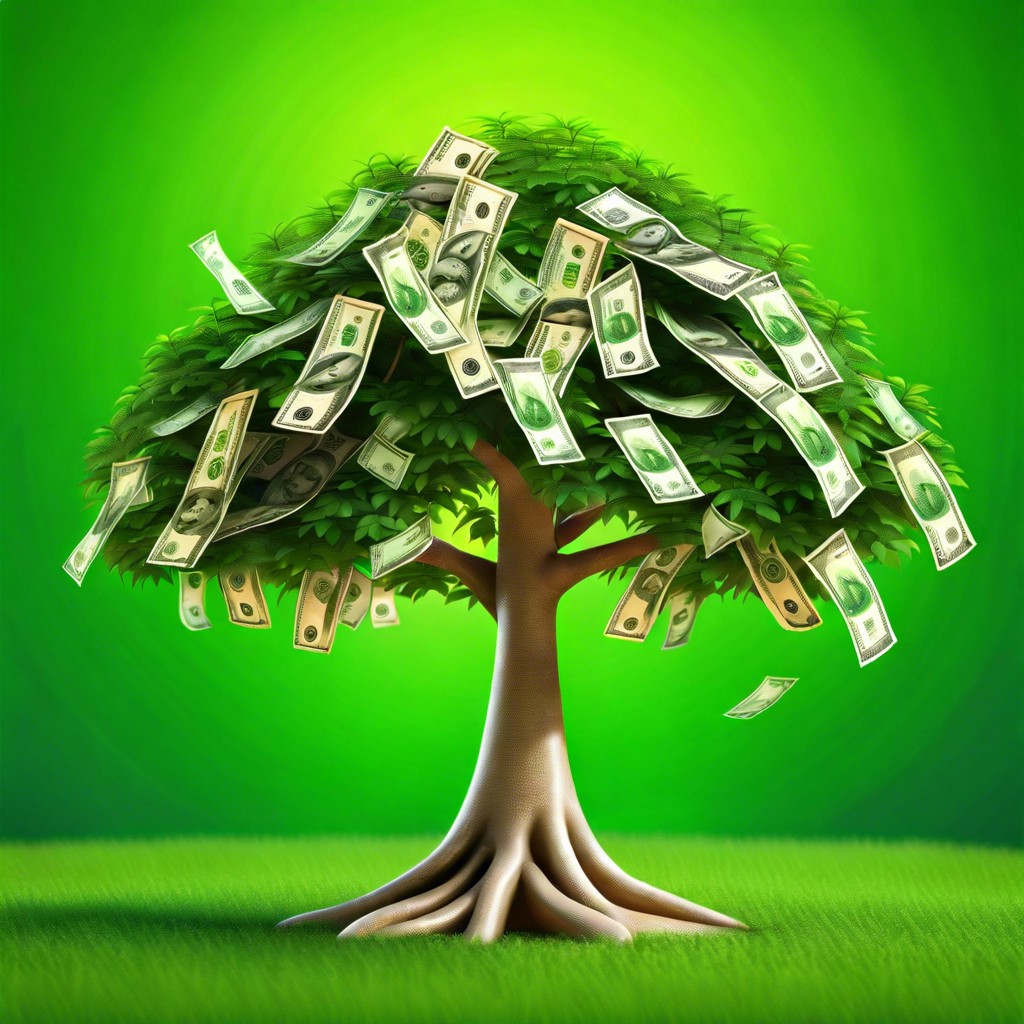Discover the spiritual meaning and symbolism of the money tree and learn how it can influence prosperity and positive energy in your life.
Curious about the symbolism and deeper meanings behind the money tree? Delve into its fascinating origins, spiritual significance, and how it can transform your living space through Feng Shui. Discover the benefits it brings and learn essential care tips to keep this cherished plant thriving. This guide covers all you need to know to truly connect with your money tree.
Key takeaways:
- Originates from ancient folklore of prosperity.
- Symbolizes financial luck and positive energy.
- Best placed in the southeast for abundance.
- Encourages resilience and a harmonious environment.
- Requires specific care for optimal growth.
Symbolism and Origins

Originating from South and Central America, the money tree, or Pachira aquatica, is rich with cultural significance. Ancient folklore tells us it was discovered by a poor farmer who prayed for prosperity. He found the unique tree, which he saw as a divine answer, and soon his fortune changed. This tale captured many imaginations, attributing the tree to wealth and luck.
In Chinese culture, the money tree is deeply rooted in the practice of Feng Shui. It’s believed to create positive energy (Chi) that attracts financial success. The braided trunk symbolizes interwoven financial luck and security. Its lush, vibrant leaves resemble coins, further cementing its connection to wealth. Different cultures have embraced its symbolism, making it a popular gift for those starting new ventures or seeking financial improvements.
Spiritual Significance
Associated with prosperity and good fortune, the money tree holds a special place in various cultures. Many believe that its presence can attract wealth and abundance.
In Feng Shui, it is often placed in homes or businesses to invite financial growth. The braided trunk is thought to trap fortune within its folds. Each of its five leaves represents one of the five fundamental elements: earth, water, fire, wood, and metal, symbolizing balance and harmony.
Beyond financial gain, the money tree also embodies resilience and positivity. Its lush, green leaves signify life and vitality, encouraging an optimistic outlook. Some even feel it enhances spiritual growth by fostering a peaceful environment.
Believed to remove blockages and negative energies, this plant often finds its way into spiritual practices. The money tree’s energy is considered grounding, providing stability and nourishing the soul.
Placement and Feng Shui Considerations
In Feng Shui, the money tree thrives best in specific areas of the home to maximize its positive energy. Consider these spots:
- Southeast Area: Known as the wealth corner, placing the tree here invites prosperity and abundance.
- Office Desk: A small money tree can boost personal growth and focus.
- Entrance Hall: Positioning one near the door can attract good fortune as it enters the house.
- Living Room: Here, it supports harmony and positive relationships.
Avoid placing it in bathrooms or cluttered spaces where energy can stagnate. Proper placement ensures the money tree’s benefits are fully realized.
Benefits and Beliefs
In many cultures, it’s believed that the money tree attracts prosperity and good fortune. This belief makes it a popular gift for housewarmings and new business ventures. Placing a money tree in your home or office is thought to invite positive energy.
It’s also said to improve financial luck and career growth. Many people believe that its placement can enhance the flow of wealth. Additionally, the braided trunk represents interconnectedness and long-lasting fortune.
Beyond financial benefits, the money tree is thought to bring tranquility and reduce stress. This makes it a lovely addition to any living or working space. Keeping one nearby can foster a harmonious and balanced environment.
Care and Maintenance Tips
Water your money tree when the top inch of soil feels dry. Overwatering can lead to root rot, so it’s important to let the soil dry out between waterings.
Place the tree in bright, indirect sunlight. Too much direct sunlight can scorch its leaves, while too little can cause slow growth.
Rotate the plant occasionally. This ensures even growth and prevents the tree from leaning towards the light source.
Prune the leaves when needed. Trimming helps keep the plant healthy and encourages new growth.
Repot the tree every 2-3 years. Fresh soil provides essential nutrients, and a bigger pot allows for root expansion.
Use well-draining soil. This helps prevent waterlogging, which can damage the roots. A mix of peat, perlite, and sand works well.
Give occasional feedings. Liquid fertilizer every few months boosts its growth and vitality.





